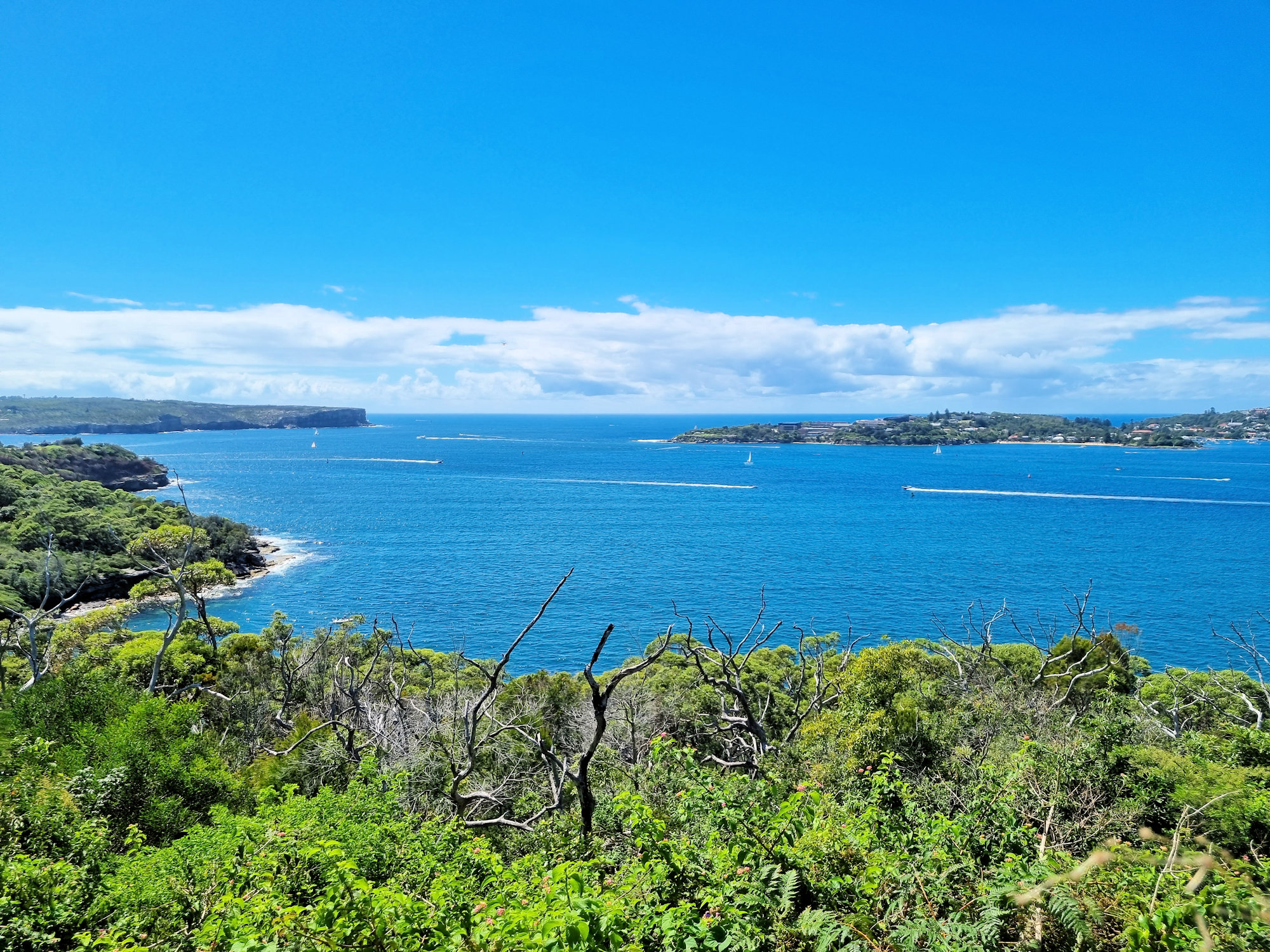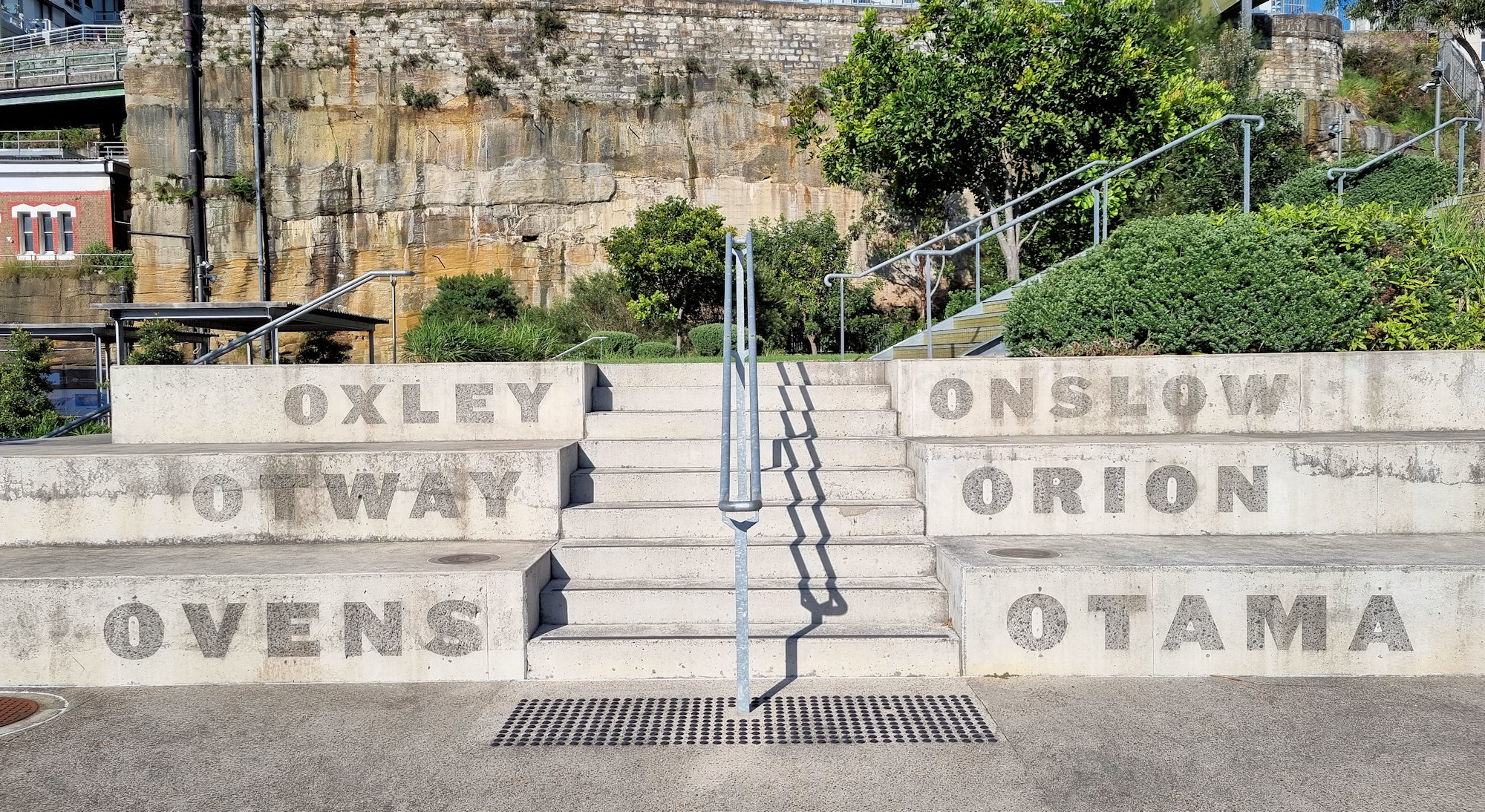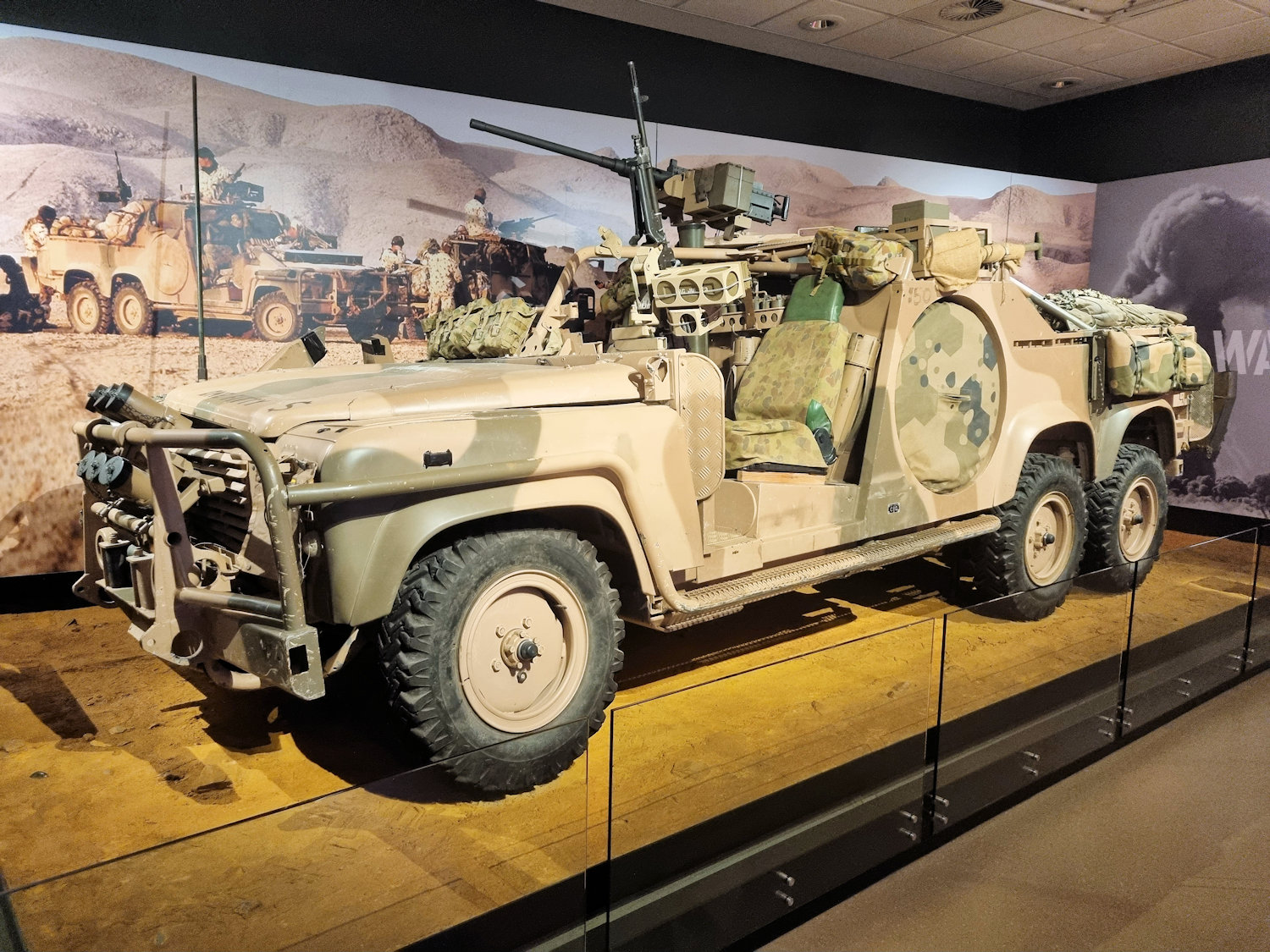Category: Memorial
-
Headland Park Walking Track

Headland Park Walking Track The Headland Park Walking Track is a scenic and historic trail that runs from Balmoral Beach to Georges Head in Mosman, Sydney, Australia. The walking track is approximately 4.5 kilometers in length and offers stunning views of the harbour and surrounding coastline. The portion we walked was approximately 2 kilometers long.… Read more
-
Sub Base Platypus Sydney

Sub Base Platypus Sydney Sub Base Platypus is a unique site located in Neutral Bay, Sydney, Australia. The site has a rich history dating back to the early 1900s when it was originally used as a gasworks site. In the early 1960s, the site was acquired by the Royal Australian Navy (RAN) and used as… Read more
-
Australian War Memorial 1945 to Today

Australian War Memorial 1945 to Today During our previous trip to Canberra, the gallery “Conflicts 1945” to Today in the Australian War Memorial was closed because of the renovations. This time however, it was open, so we took the opportunity to look around. This gallery commemorates all the conflicts involving Australians from 1945 to today.… Read more